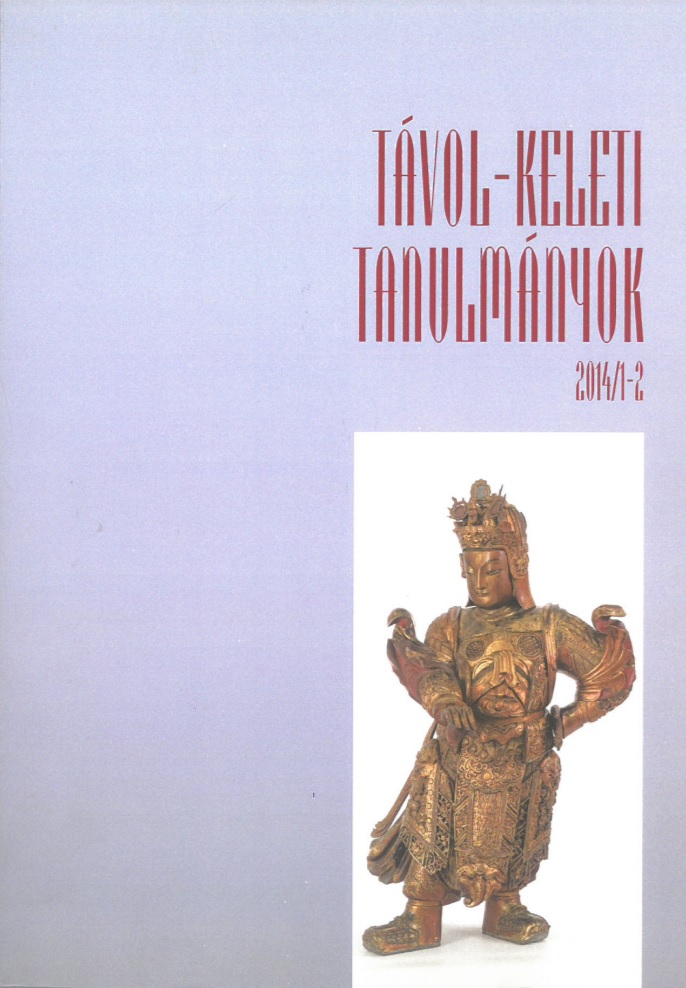Tanulmányok
Fugen Enmei bosatsu ikonográfiai meghatározásának néhány problematikus pontja: Problematic points in the iconography of Fugen Enmei Bosatsu
Megjelent 2015-09-04
Hogyan kell idézni
Kiss, M. (2015). Fugen Enmei bosatsu ikonográfiai meghatározásának néhány problematikus pontja: Problematic points in the iconography of Fugen Enmei Bosatsu. Távol-Keleti Tanulmányok, 6(2014/1-2), 67–92. Elérés forrás https://ojs.elte.hu/tkt/article/view/2158
Copyright (c) 2015 a szerző(k)

This work is licensed under a Creative Commons Attribution-NonCommercial 4.0 International License.
Absztrakt
Feltöltés alatt
